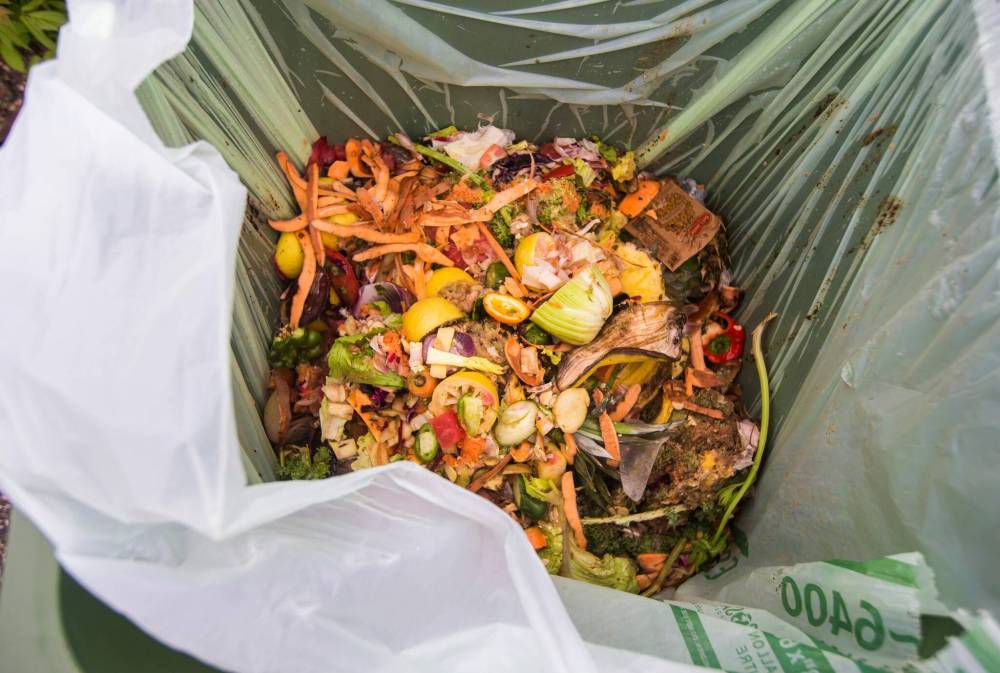
Yangdup Lama, one of India’s most celebrated bartenders thanks to his experimental cocktails, and co-founder of artisanal cocktail bar Sidecar, recently opened Brook in Haryana’s Gurugram. Amid the concrete soullessness of the mall which is its home, Brook is an anomaly—something like walking into the sole bar at the end of a hill town’s Mall Road, pun intended. For the hill-station aesthetic is exactly what Lama had aimed to create.
The bar’s staple menu is a tribute to hill fare: Happy Himachali Hi Ball that uses blended whiskey with Himachali apple cider vinegar, the Thou Cha with gin and pinewood smoked Himalayan tea—an ode to Lama’s Darjeeling origins. Brook isn’t a one-off concept—today, India’s top bartenders are taking to niche flavours to create versions of popular cocktails highly attuned to Indian tastebuds. In Bandra, Shahrom Oshtori’s Sixteen33 is close to what Lama has done with Brook.
Here, the cocktails narrate the story of Bandra—one of India’s most well-known urban neighbourhoods. Bandra, like most cities, was a collection of villages once; each cocktail here is themed on one, namely, Ranwar, Chimbai, Chuim, Pali and Kantwadi. In Goa, Pankaj Balachandran’s Countertop India has clinked glasses with Varca resort Amaraanth to launch The Lab, an experiential cocktail bar with an emphasis on local produce.
The drinks on the menu pay homage to Goa and its singular spirits— the indigenous cashew feni, local beers and various homegrown gins and rums. “The job is not just about knowing and creating cocktail recipes any longer, originality is the focus. Earlier, bartending used to be derivative, and making a cocktail that already exists was the norm for bars across the world,” says Lama.
He assesses that while following the norm is what gave rise to classic, timeless cocktails such as martinis, sours and negronis, there’s much more to the art of bartending. “Today, a bartender consciously adds a touch of their personality and experience to their creations. That one is able to practise the concept of farm-to-glass today is a great advantage in letting bartenders celebrate unique aspects of their native regions,” he adds.
Nikhil Merchant, a veteran writer and consulting mixologist subscribes to this philosophy. His festive bar takeover project at Ishaara in Mumbai’s Lower Parel was about Diwali-inspired cocktails. “The bar menu celebrated ingredients popular in traditional celebration of Diwali, such as milk, rice and sugarcane,” Merchant says.
Sixteen33’s menu takes celebrating local to an even more microscopic level. For instance, the Ranwar extols the fact that over four centuries ago, this tiny village was surrounded by paddy fields. Oshtori’s cocktail features the indigenous Indrayani rice liqueur, gin, lemon tincture, and a mist of absinthe, “served in a clay glass with crispy rice garnish”.
Similarly, Chuim, which is the namesake to a bygone place which a posh Bandra neighbourhood today, blends white rum, sherry, coconut syrup and jasmine air “to evoke the village’s history of flower cultivation”. Other bartistes have climbed on the bandwagon. Mumbai’s Bandra seems to be where the action is.
Bandra Born, situated in the eponymous suburb promotes a cocktail menu that includes mahua—an indigenous liquor commonplace in India's tribal belts. Often called the world’s “oldest distilled liquor”, mahua fell from grace after it was outlawed by the British in colonial India. Today, Bandra Born presents itself as “India’s first mahua-dedicated bar”.
Out east, Rajan Sethi’s contemporary dining venture AM/PM opened its doors in Kolkata with a cocktail menu that is an ode to the grand old city’s soon-to-be-discontinued trams. For instance, a cocktail from AM/PM’s menu is called Line 25 to Yesterday, and features aged rum, banana oil, mixed nuts, all-spice, vanilla and chocolate bitters. It is a homage to the city’s hawkers who sell treats on trams.
Balachandran adds that the focus on local ingredients, dishes and produce have helped his bar create a niche for itself. Crafts are not just textiles and brass, it is spirits too. “Our beverages honour Goa by working with local farms, producers and artisans to highlight regional flavours and locally-made spirits.
We’re trying to promote Goa’s locally crafted spirits in our creations,” he says. In Delhi, Ravish Bhavnani, co-founder and chief mixologist of Fig ‘n Maple, has created a cocktails menu that taps into India’s fondness for sharbats. “We took cues from our extensive travels through the country to create a refreshing new experience,” says Bhavnani, adding, “In our homes now, many traditional ingredients that were once commonplace have faded into obscurity.
We’re trying to revive these forgotten treasures, such as nannari (a herb, known better as sarsaparilla or sugandhi), gond katira (tragacanth gum), palash (an edible flower) and more. We’re using them in our cocktails today.” With Indians shedding social inhibitions even in small towns towards drinking alcohol, new cocktail projects take their inspiration from little-known native spirits and ingredients to create fabulous mixes that show the diversity of cultures and tastes.
.














